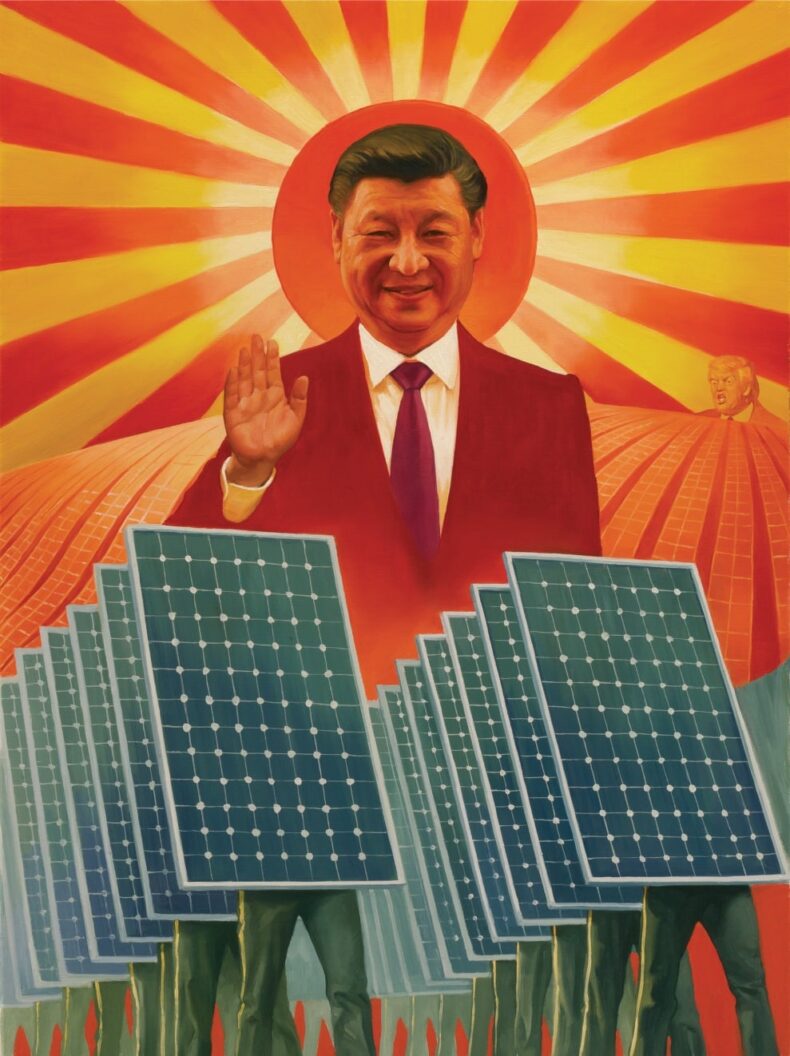Local governments ratify more coal power in three months than the previous year combined.

China contributed almost a third of the world’s greenhouse gases in 2020. Subsequently, at a United Nations meeting, Chinese President Xi Jinping asserted to reach carbon neutrality by 2060. At another meeting combined next year, he announced to stop building coal-fired power plants.
However, according to official documents, the local governments in China have approved new coal power in the first three months of 2024 than in the whole of 2021 combined. Their COP 26 and COP 27 pledges stand abolished. Throughout 2021, 18 GW of coal was approved, while between January to March 2022, 8.63 GW of coal was approved, and at the same time 20.45 GW of coal power was ratified.
The Russia-Ukraine war kicked off energy prices worldwide, while the intermittent OPEC+ cuts made the situation worse in the northern parts of China, which suffered gruesome winters without the heat. This leads them to focus more on energy security, further perpetuating the myth- the greater the number of power plants, the higher the energy security.
What is the position now?

Five provinces on the east coast account for about two-fifth of the nation’s total energy consumption. About 70 per cent of the power consumption happens in central and eastern China, whereas 75 per cent of the country’s coal, wind, solar and hydro resources are on the western side of the nation. Judicious rebalancing of this issue has not yet been done.
To cope with the ever-increasing energy demands of China, it is not more coal that might help but a more flexible grid, as suggested by campaigners. Some institutes, however, claim that technologies that help store clean energy are not mature enough to be deployed at a scalable precedent.
A paradigm shift could be seen in the Chinese Communist Party’s take on energy priorities when in 2021, the nation suffered great power outages. The electricity prices rose in September as factories reopened after pandemic curfews to meet global demands. As the government had capped prices many power plants reduced output than being operated at loss.
Efforts and problems

More than half of Chinese energy consumption is coal based. However, in the 14th five-year plan the government said that more than half of the increased energy demands in the period until 2025 would be covered by renewables. Wind and solar power generated an annual average rate of 19.2 per cent of energy between 2010 to 2021. The government has invested in electric vehicles and will be having about 10 m new energy vehicles, including plug-in electric, battery electric, fuel cell vehicles, and plug-in hybrids will be more than half of the world’s estimated total. China has also invested in the research and development of nuclear energy.
They even have invested in projects regarding climate adaptation and resilience. A national strategy for increasing the protection of wetlands, grasslands and forested areas has been made to escalate biodiversity. However, huge roadblocks make it uncertain, as Chinese renewables are advancing at a faster pace than their electricity grids, and markets. Many provinces had scaled back the approval of distributed renewable energy resources as they were building up too much capacity. Nonetheless, it is also the world’s largest foreign financer for fossil fuel infrastructure.













